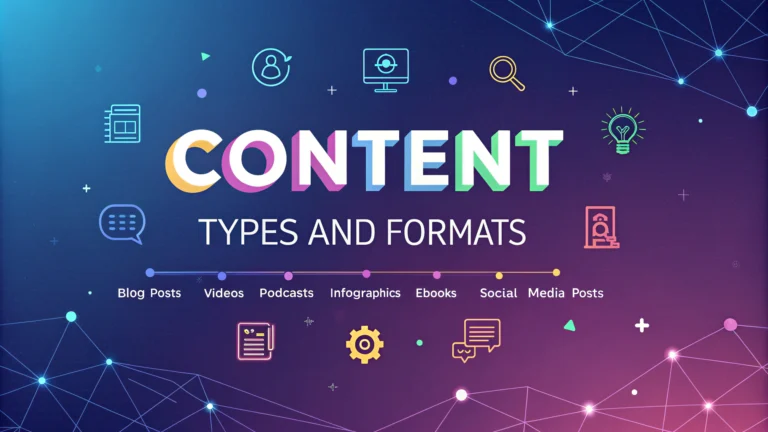Content marketing generates 3x more leads than traditional advertising, yet most websites struggle to create compelling materials that truly engage audiences. Selecting the right content format can transform your online presence from invisible to irresistible.
Choosing the optimal content type isn’t just about creativity—it’s a strategic decision that impacts your website’s visibility, user engagement, and conversion potential. This quick guide will break down the most effective content formats and show you how to leverage them for maximum website promotion.
1. Blog Posts: The Foundation of Content Marketing
Blog posts remain a cornerstone of digital content strategy, offering immense flexibility and SEO potential. Well-crafted articles can establish your website as an authoritative resource in your niche.
Types of Effective Blog Posts
- How-to Guides: Step-by-step tutorials
- Listicles: Numbered content that’s easy to digest
- Expert Roundups: Featuring industry insights
- Case Studies: Demonstrating real-world success
Successful blog content requires deep keyword research, understanding audience pain points, and delivering actionable insights. Google rewards comprehensive, well-structured articles that genuinely help readers.
Optimize blog posts by including internal links, engaging headlines, and practical takeaways that solve specific problems. The goal is to create content so valuable that readers naturally want to share and return.
Technical considerations like mobile responsiveness, page load speed, and clean formatting can significantly enhance user experience and search engine rankings.
2. Video Content: Engaging Visual Storytelling
Video has become the most consumed content format online, with 85% of businesses using video as a marketing tool. This dynamic medium offers unparalleled engagement and information retention.
Video Content Strategy
- Explainer Videos
- Product Demonstrations
- Behind-the-Scenes Footage
- Customer Testimonial Videos
Professional video production doesn’t require massive budgets. Smartphones, affordable editing software, and strategic planning can create compelling visual content.
Platforms like YouTube, Vimeo, and social media channels provide extensive reach. Embedding videos on your website can increase average session duration and reduce bounce rates.
Focus on storytelling, clear messaging, and high-quality audio. Short, focused videos (2-3 minutes) tend to perform best across most platforms.
3. Infographics: Visual Data Storytelling
Infographics transform complex information into visually appealing, easily digestible graphics. They’re powerful tools for simplifying technical or statistical content.
Infographic Design Principles
- Clean, Minimalist Design
- Consistent Color Palette
- Clear Data Visualization
- Logical Information Flow
Tools like Canva, Piktochart, and Adobe Illustrator make professional infographic creation accessible to non-designers. Focus on telling a clear, compelling visual story.
Highly shareable infographics can generate significant backlinks and social media engagement. Ensure your graphics include your brand logo and website URL.
Combine statistical data, research findings, and intuitive design to create infographics that educate and entertain your target audience.
4. Podcasts: Audio Content Marketing
Podcasting has exploded in popularity, offering a unique way to connect with audiences through long-form, intimate audio content. Over 55% of Americans have listened to a podcast.
Podcast Content Strategies
- Interview Series
- Industry Trend Analysis
- Expert Commentary
- Storytelling Formats
Start with minimal equipment: a quality microphone, recording software, and consistent publishing schedule. Focus on delivering valuable insights and maintaining professional audio quality.
Distribute podcasts across platforms like Spotify, Apple Podcasts, and Google Podcasts to maximize reach. Create accompanying show notes with timestamps and key takeaways.
Successful podcasts build strong personal connections, positioning your brand as a thought leader in your industry.

